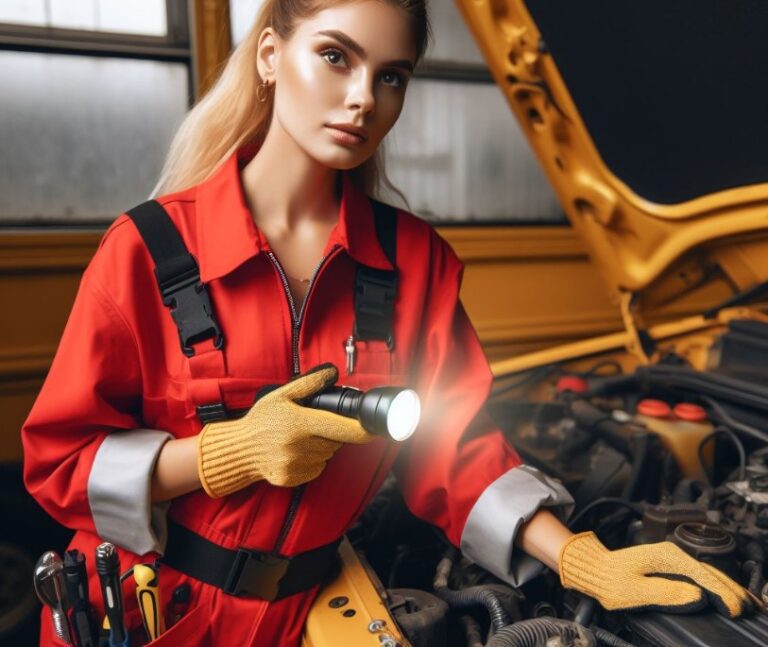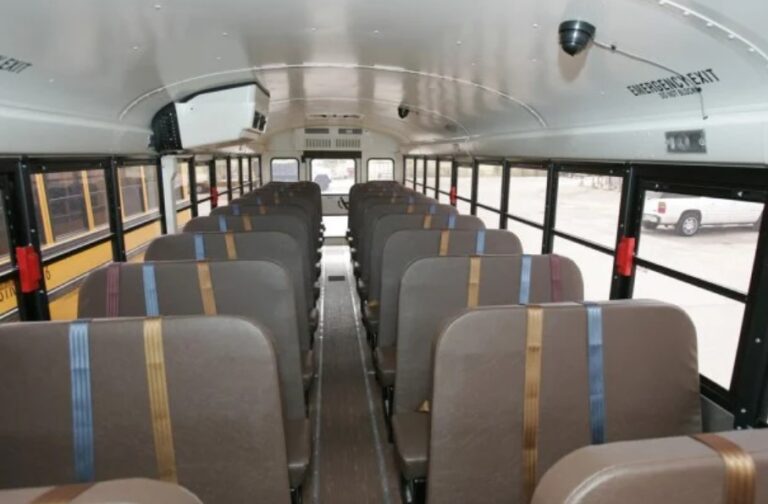Is It Cheaper Wrap Or Paint A Bus? Quick Answer
When considering the aesthetics and branding of a bus, one critical question often arises: Is It Cheaper Wrap Or Paint A Bus? This decision impacts both the budget and the visual appeal of the vehicle. In this comprehensive guide, we’ll delve into the costs and benefits of both options, helping you make an informed choice.
Key Takeaways
- Cost Comparison: Wrapping a bus is generally more cost-effective than painting.
- Durability: Paint tends to last longer but is more expensive and time-consuming to apply.
- Customization: Wraps offer more flexibility for intricate designs and easy updating.
- Resale Value: Painting can potentially increase a bus’s resale value, but wraps protect the original paint.
- Maintenance: Wraps are easier to repair and maintain compared to paint.
Is It Cheaper Wrap Or Paint A Bus?
Yes, it is generally cheaper to wrap a bus than to paint it. Wrapping a bus typically costs less than a full professional paint job, especially when considering high-quality materials and labor.
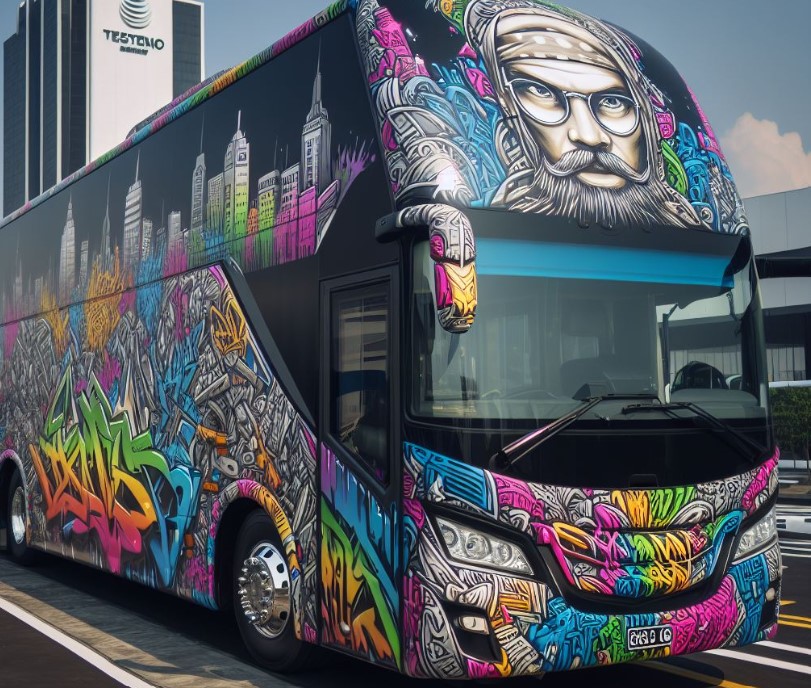
Cost Analysis: Wrapping vs. Painting
Initial Cost Comparison
- Wrapping a Bus: The cost of wrapping a bus typically ranges from $2,500 to $5,000. This variance depends on the size of the bus and the complexity of the design.
- Painting a Bus: Painting can cost anywhere from $5,000 to $20,000. High-quality paints and customized designs contribute to the higher price range.
Long-Term Cost Considerations
- Durability of Paint: While more expensive, paint can last up to 10 years with proper maintenance.
- Wrap Lifespan: Wraps usually last 5 to 7 years. They serve as a protective layer over the original paint, preserving it from wear and tear.
Design Flexibility and Customization
Advantages of Wraps
- Ease of Update: Wraps allow for frequent design changes, ideal for advertising or updating branding.
- Complex Designs: Digital printing technology enables intricate and vibrant graphics on wraps.
Paint Customization
- Color Depth: Paint offers a deeper color saturation, providing a classic and high-quality finish.
- Limitations: Custom paint jobs, especially detailed ones, can be significantly more expensive.
Impact on Resale Value and Vehicle Protection
Painting and Resale Value
- Potential Increase: A high-quality paint job can increase a bus’s resale value.
- Considerations: Custom paint jobs might not appeal to all buyers, potentially limiting the market.
Wrapping and Protection
- Preserving Original Paint: Wraps protect the original paint, potentially maintaining the vehicle’s value.
- Ease of Removal: Wraps can be removed without damaging the underlying paint.
Maintenance and Repair: Paint vs. Wrap
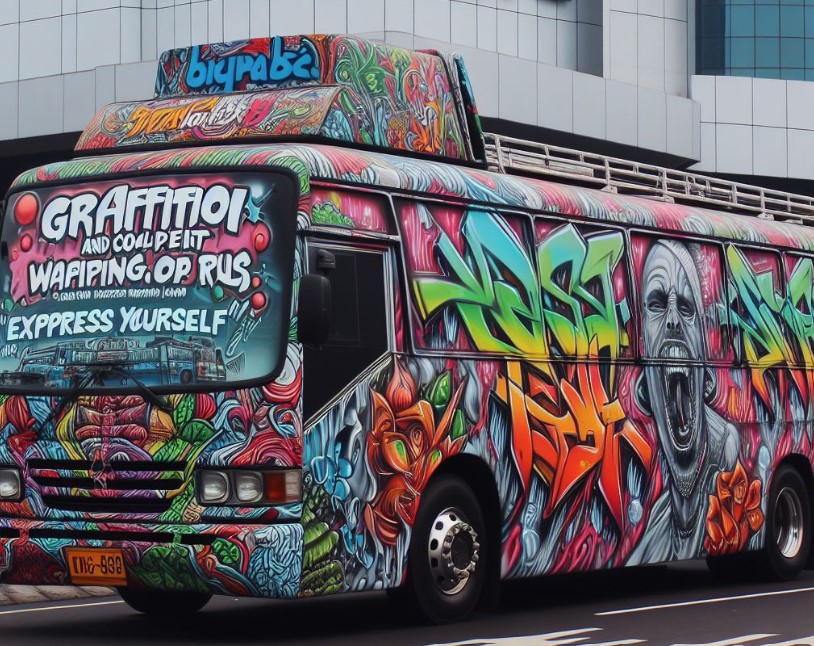
Paint Maintenance
- Regular Upkeep: Paint requires regular waxing and potential touch-ups for chips and scratches.
- Repair Costs: Repainting sections can be costly and time-consuming.
Wrap Maintenance
- Ease of Repair: Damaged sections of a wrap can be easily replaced, making it more cost-effective.
- Cleaning: Wraps are easier to clean and require less maintenance than paint.
Environmental Considerations
Paint Environmental Impact
- Emission of VOCs: Traditional painting processes release volatile organic compounds (VOCs), which are harmful to the environment.
- Advancements: Eco-friendly paints are available, though they may come at a higher cost.
Wrapping and Sustainability
- Lower Emission: Wrapping produces fewer emissions compared to traditional painting.
- Recycling: Used vinyl wraps can be recycled, reducing environmental impact.
How Long Does A Wrap Last?
The lifespan of a vehicle wrap largely depends on factors such as the quality of the material used, the professionalism of the installation, and the environmental conditions to which the vehicle is exposed. Typically, a high-quality wrap lasts between 5 to 7 years.
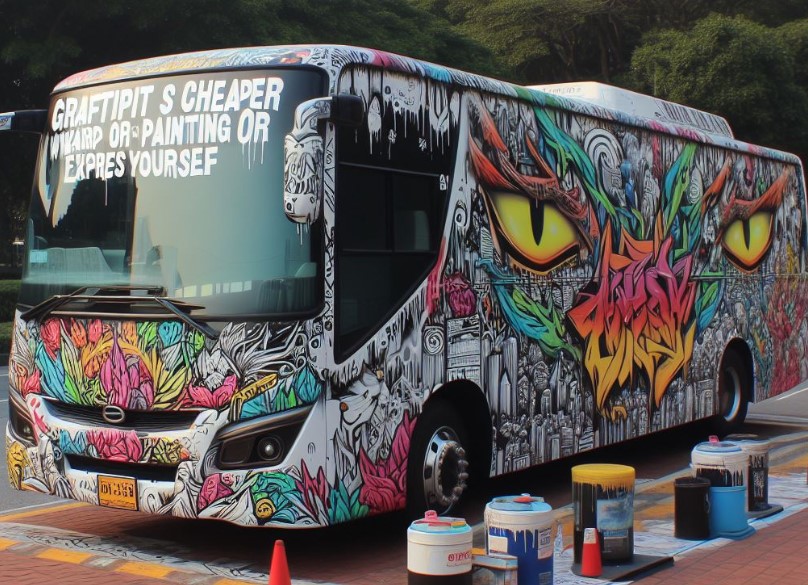
Factors that can reduce this lifespan include prolonged exposure to harsh weather, poor maintenance, and the frequency of vehicle use. It’s crucial to follow proper care instructions to maximize the longevity of the wrap, such as regular cleaning and avoiding abrasive chemicals.
How Much Does Wraps Cost?
The cost of wrapping a vehicle can vary widely based on several factors: the size of the vehicle, the complexity of the wrap design, the quality of the materials used, and the reputation of the service provider. For a standard passenger car, the cost typically ranges from $1,500 to $5,000.

Larger vehicles like buses can cost significantly more due to their size and the additional material required. Custom designs and premium wrap materials can also increase the cost. It’s important to balance the budget with quality to ensure a durable and visually appealing result.
Is It Cheaper To Wrap A Car Or Just Get It Repainted?
When considering whether to wrap or repaint a car, cost is a major factor. Generally, wrapping a car is more cost-effective than a full repaint, especially for high-quality paint jobs.
A standard vehicle wrap is priced between $1,500 and $5,000, while a professional repaint can range from $3,000 to $10,000 or more, depending on the quality of paint and labor involved.
However, it’s important to consider the intended purpose and the duration for which the new look is required. For short-term or frequently changing designs, wraps are more economical. For a permanent, classic look, repainting might be more beneficial despite the higher cost.
Conclusion
In conclusion, wrapping a bus is generally cheaper than painting, offering greater flexibility and ease of maintenance. While painting provides a classic look and potential resale value enhancement, wraps protect the original paint and allow for more intricate and changeable designs.
Ultimately, the choice between wrapping and painting a bus depends on budget, design preferences, and long-term considerations. Is it cheaper to wrap or paint a bus? Yes, wrapping is the more budget-friendly option, but each method has its unique advantages.
People Also Ask
How Long Does It Take to Wrap a Bus Compared to Painting It?
Wrapping a bus is generally faster than painting. A full wrap can be completed in a few days, whereas painting, including prep work and drying time, can take a week or more.
Are There Any Limitations to the Types of Designs Possible with Wraps?
While wraps offer a wide range of design possibilities, extremely intricate or three-dimensional designs may be challenging to implement. Additionally, the wrap’s durability can be compromised in areas with complex curves or deep recesses.
Does Wrapping a Bus Offer Any Protection to the Vehicle?
Yes, wrapping a bus provides a protective layer over the original paint, shielding it from sun damage, minor scratches, and general wear and tear.
Can a Bus Be Wrapped Multiple Times?
Yes, a bus can be wrapped multiple times. The key is ensuring that the underlying surface is clean and in good condition before applying a new wrap. Each wrap removal should be done carefully to avoid damaging the paint beneath.

Welcome to the exhilarating world of Matt Rex, a professional car racer turned renowned vehicle enthusiast. Immerse yourself in his captivating blog as he shares heart-pounding adventures, expert reviews, and valuable insights on cars, trucks, jets, and more. Fuel your passion for speed and discover the beauty of vehicles through Matt’s engaging stories and meticulous expertise. Join the ever-growing community of enthusiasts who find inspiration and expert advice in Matt Rex’s blog—a digital hub where the thrill of speed meets the pursuit of knowledge.






